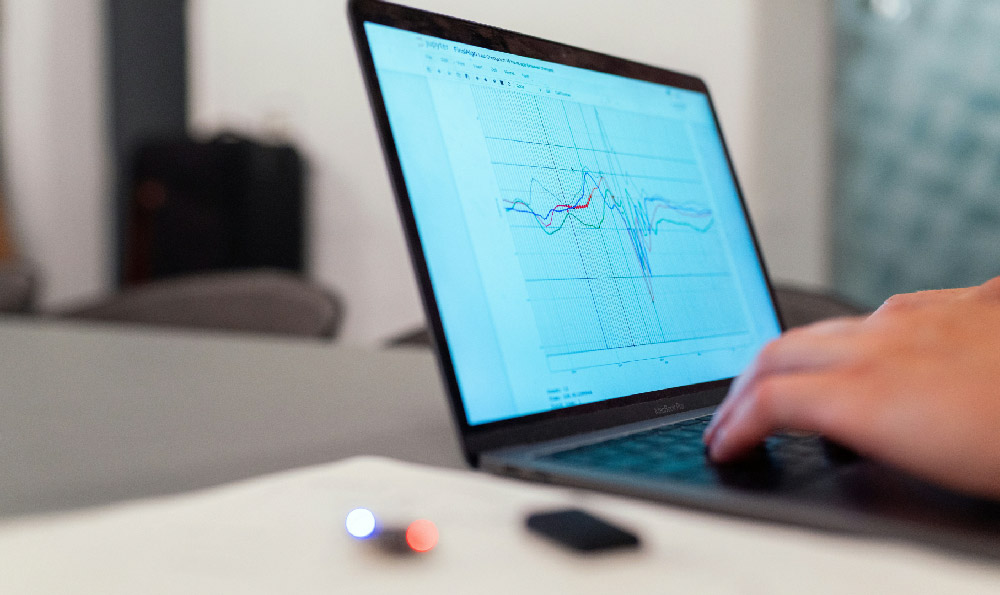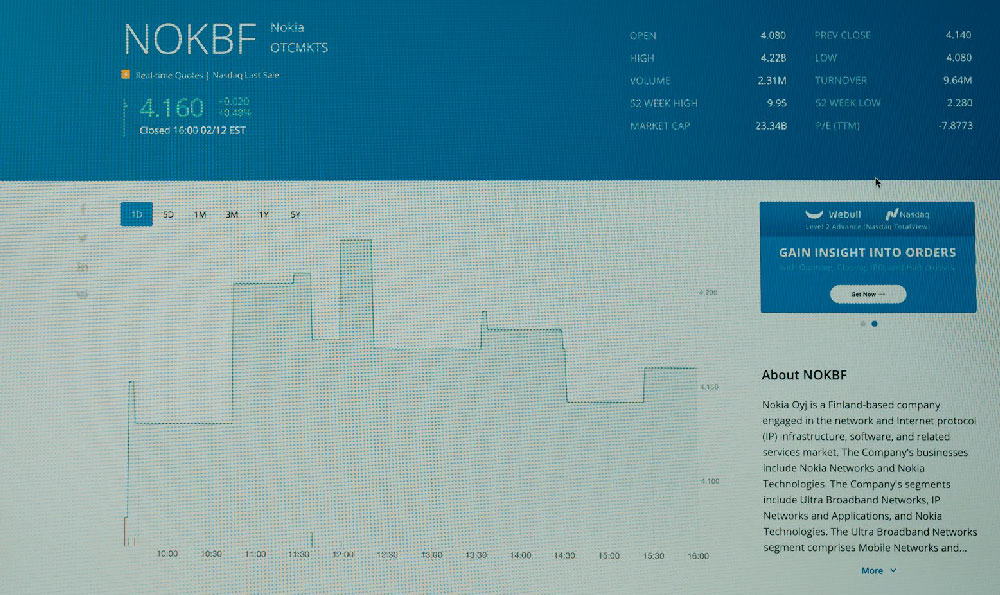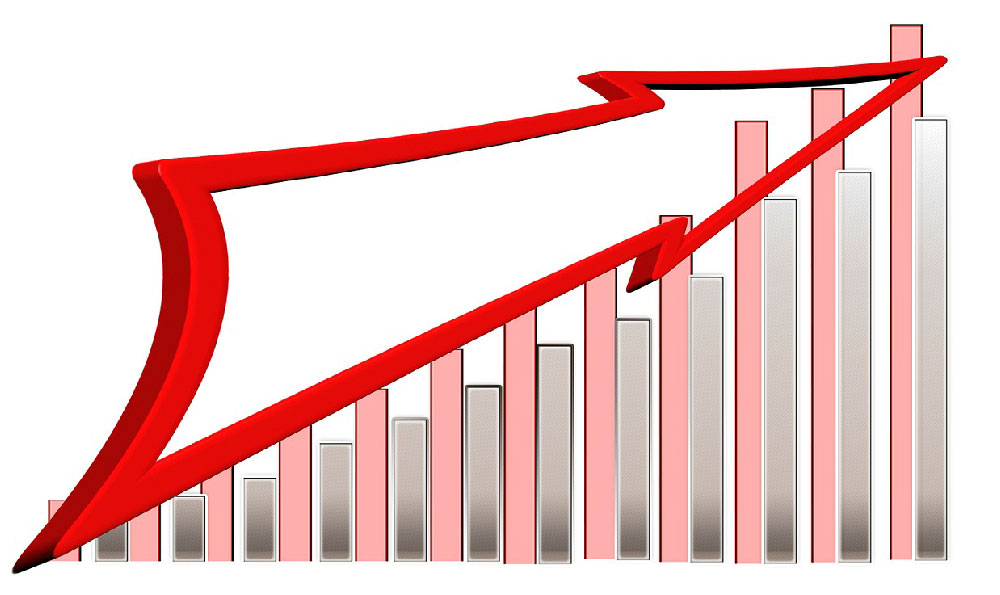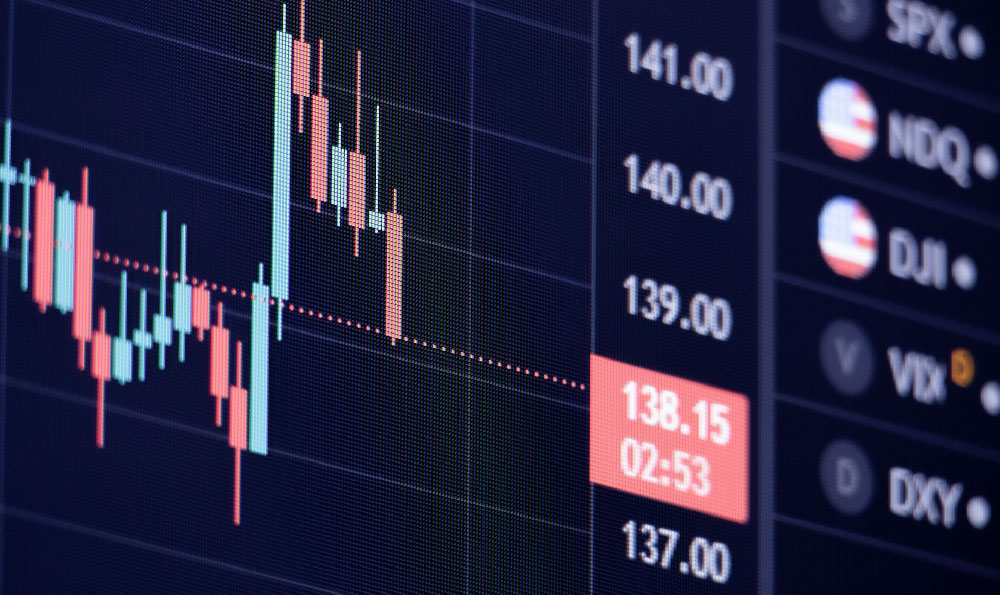Where to Buy Gold? What are the Best Gold Investment Options?

Alright, let's navigate the world of gold investment. Many investors, especially during times of economic uncertainty, turn to gold as a safe haven asset. The question then becomes: where and how should one acquire gold to maximize returns and minimize risks?
Firstly, it's crucial to understand the different forms of gold investment available. You have physical gold, which includes bullion (bars and coins), jewelry, and collectibles. Then, you have indirect investments like gold ETFs (Exchange Traded Funds), gold mining stocks, and gold futures contracts. Each option has its own advantages and disadvantages, impacting accessibility, storage, liquidity, and potential returns.
For physical gold, reputable dealers are the traditional route. These can be found both online and in brick-and-mortar stores. The key here is reputation. Look for dealers who are members of established industry organizations like the Professional Numismatists Guild (PNG) or the Industry Council for Tangible Assets (ICTA). Thoroughly research the dealer's history, read online reviews, and compare prices from several sources before making a purchase. Be wary of unusually low prices, as they could indicate counterfeit products or scams. Always insist on proper certification and authentication for bullion. Premiums over the spot price (the current market price of gold per ounce) are inevitable, but strive to minimize them by comparing different dealers. Also, consider the storage implications. You'll need a secure storage solution, which could involve a home safe, a bank safety deposit box (though insurance coverage may be limited), or professional vault services.

Online marketplaces offer another avenue for buying physical gold, but caution is paramount. Platforms like eBay or specialized gold trading websites can provide access to a wider range of products and potentially lower prices. However, the risk of fraud is significantly higher. Only purchase from sellers with impeccable reputations and verifiable track records. Always use secure payment methods and insist on insured shipping. If possible, obtain independent authentication of the gold's purity and weight upon receipt.
Moving on to indirect investments, gold ETFs provide a convenient and liquid way to gain exposure to the gold market without directly owning physical gold. These ETFs typically track the spot price of gold and are traded on major stock exchanges. The main advantage is ease of access and low storage costs. However, you don't actually own the gold itself; you own shares in a fund that holds gold. This means you are subject to the ETF's management fees and tracking error (the difference between the ETF's performance and the actual gold price). Look for ETFs with low expense ratios and a history of accurately tracking the underlying gold price. Popular options include GLD (SPDR Gold Trust) and IAU (iShares Gold Trust).
Gold mining stocks represent another indirect way to invest in gold. These are shares of companies that mine gold. The potential upside is higher than gold ETFs if the company is successful in its mining operations. However, the risks are also greater. The performance of gold mining stocks is not solely tied to the price of gold; it is also influenced by the company's management, operating costs, exploration results, and geopolitical factors. Thorough research is crucial before investing in gold mining stocks. Analyze the company's financial statements, production costs, reserves, and management team. Consider diversifying your investments across several gold mining companies to mitigate risk.
Gold futures contracts are agreements to buy or sell gold at a predetermined price on a future date. These are highly leveraged instruments and are generally suitable only for experienced investors with a high-risk tolerance. Futures contracts can offer significant potential profits, but also carry the risk of substantial losses. A small price movement in gold can result in large gains or losses due to the leverage involved. It's imperative to have a deep understanding of the futures market and risk management techniques before trading gold futures.
Beyond the specific investment vehicle, remember that diversification is a cornerstone of sound investment strategy. Don't put all your eggs in one basket. Consider allocating only a portion of your portfolio to gold, balancing it with other asset classes like stocks, bonds, and real estate. This will help to mitigate risk and improve overall portfolio performance.
Another crucial aspect is timing. While gold is often seen as a safe haven, its price can still fluctuate significantly. Avoid trying to time the market, as it is notoriously difficult. Instead, consider a dollar-cost averaging approach, where you invest a fixed amount of money in gold at regular intervals, regardless of the price. This can help to smooth out the volatility and potentially lower your average cost per ounce over time.
Finally, be aware of common investment scams. Be skeptical of unsolicited investment offers, especially those promising guaranteed high returns. Always verify the credentials of any investment advisor or broker before entrusting them with your money. Do your own research and consult with a qualified financial advisor before making any investment decisions. Remember that investing in gold, like any investment, carries risk, and there are no guarantees of profit. Approach it with a cautious and informed mindset. Always prioritize protecting your capital and never invest more than you can afford to lose. By carefully considering these factors, you can make informed decisions about where to buy gold and how to invest in it effectively, potentially enhancing your portfolio's stability and long-term growth.















